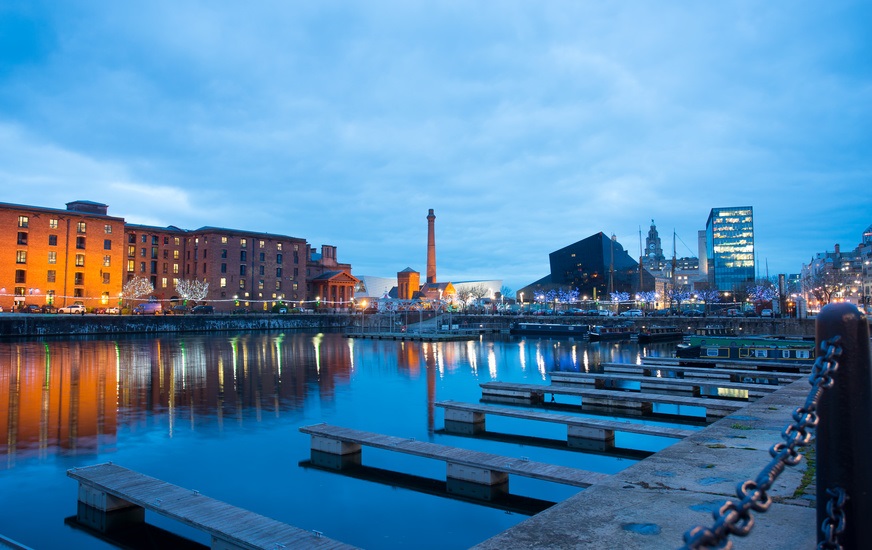
 Liverpool and seafaring go hand in hand with one another. The docks and port area of the city have played an incredibly important part in the history of the region. Without these docks, it is unlikely that Liverpool would have grown to the size that it did, or that it would have enjoyed economic prosperity during the last millennia.
Liverpool and seafaring go hand in hand with one another. The docks and port area of the city have played an incredibly important part in the history of the region. Without these docks, it is unlikely that Liverpool would have grown to the size that it did, or that it would have enjoyed economic prosperity during the last millennia.
The existence of these docks has also helped to get certain areas of the port designated as UNESCO world heritage sites. The Liverpool Maritime Mercantile City, encompassing Pier Head, Albert Dock and William Brown Street, was awarded world heritage status in 2004.
Early History
Liverpool’s first dock area was the Thomas Steers’ Dock (also known as the Old Dock), which was opened to trade in 1716. This dock took over 5 years to construct and was the world’s first commercial wet dock. It provided room for up to 100 ships. This helped to grow the trade capacity of the city considerably. However, trade volumes soon outstripped the capacity of the docks and alternative solutions had to be sought. The Old Docks were heavily polluted and the waterways were too narrow to allow for the easy passage of ships. The original docks were closed and eventually filled in during the mid-nineteenth century.
An interconnected dock system was created whilst the Old Docks were still open, and many civil engineers held this system as the most advanced in the world at the time. Clever use of locks and a hydraulic power network helped to keep these docks isolated from the Mersey tides, meaning that the docks could be used 24 hours a day.
Albert Dock
One of the most famous docks in the port is the Albert Dock. When the dock was opened in 1846, it was the first dock of its kind. The design allowed ships to be loaded and unloaded directly into warehouse buildings. This helped to speed up the trade process and allowed more ships to pass through the docking area. Shortly after it was opened, the system was adapted to feature the world’s first examples of hydraulic cranes. These cranes helped to further improve the loading and unloading abilities of the port.
By World War II, the docks were already beginning to fall into decline as other docks began to surpass the technological advances previously made. During the war, the Albert Dock was requisitioned by the Royal Navy which led to the complex being regularly targeted by bombing raids. It was badly damaged, and never recovered its former trading glory. The Albert Dock has since been redeveloped as a tourist attraction and features on the majority of Liverpool’s tourist itineraries.
As the needs of the city have changed, new docks have been built and other docks have been filled in. Between 10 -15 of the docks have now been filled in or closed off to create building land. Some of the docks were very badly damaged during air raids in World War II. The docks were frequently targeted during this conflict, because the dock system played an important part in the United Kingdom’s trade and military strategy. This has helped to shape the changing landscape of the city.
Each of the docks has its own quirks and unique touches to it. For example, the Seaforth Dock, which is currently the first dock in the sequence, had the largest lock gates in the world when the docks were opened! Another example, The King’s Dock, was used as a concert venue for the Royal Liverpool Philharmonic Orchestra after it was closed for trade. The unique acoustics of the area helped the orchestra to perform amazing outdoor concerts during the summer months.
Despite its previous status as a world leader, the trade status of the Port of Liverpool has now diminished somewhat. At one point in time, 40% of the world’s slave trade was passing through Liverpool. Changes in supply and demand of certain types of goods, and the abolition of the slave trade in the nineteenth century meant that Liverpool became less significant as a port. In 2014, the port was ranked as the sixth busiest port in the UK based on raw tonnage of freight handled over the course of 12 months.

Leave a Reply